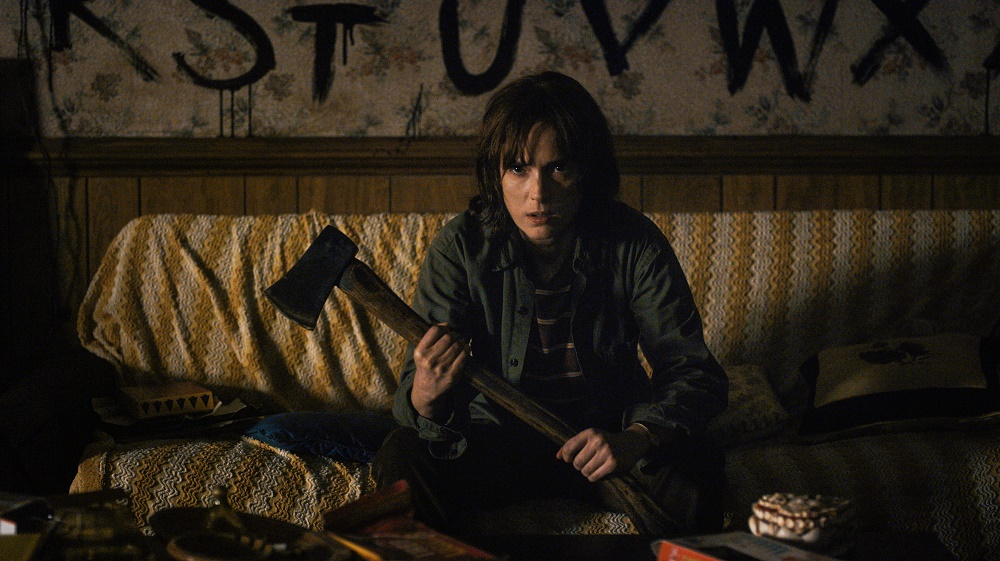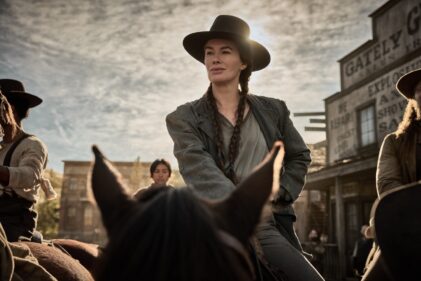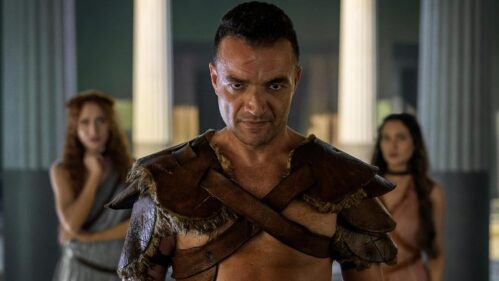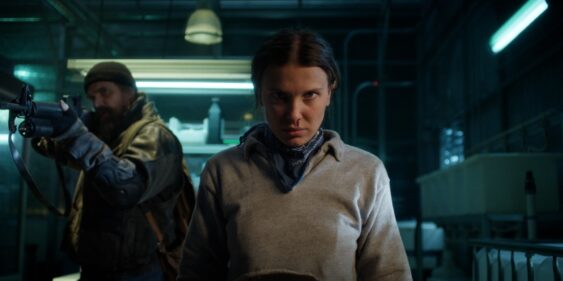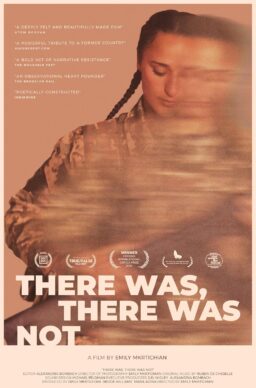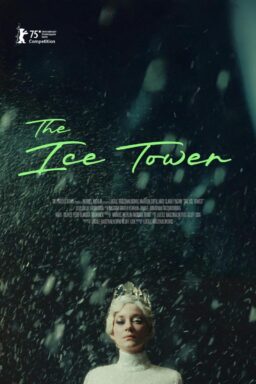The adult critic in me could pick apart a few of the beats
of Netflix’s “Stranger Things,” premiering in its entirety tomorrow, July 15th,
but the teenager in me—the kid who adored the work of Steven Spielberg and read
every book by Stephen King—just wants to tell you that it’s awesome. It starts a
little slow, but builds speed and tension at a remarkable, consistent pace—every
episode is more entertaining than the one before. The rising action of this
clever tale is structured in such a way that I expect most Netflix users even
remotely interested to be done by the end of the weekend. Heck, you might be up
all Friday night. Trust me. It’s worth it.
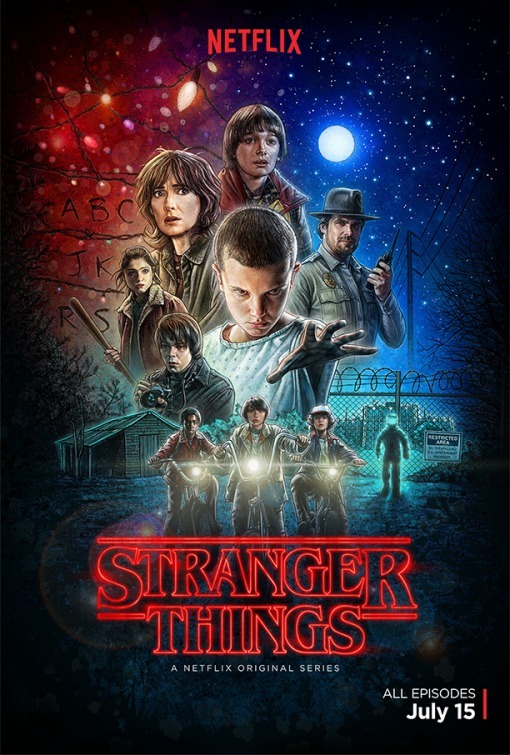
An obvious ode to King and Spielberg, “Stranger Things”
takes place in a small Indiana town in 1983. Like J.J. Abrams’ “Super 8,” it’s
the kind of property that gets a lot of mileage out of a group of kids on
bicycles and wood paneling, along with the hit songs of the day—including fantastic
use of The Clash’s “Should I Stay or Should I Go?” As the kids race through
this beautifully-plotted tale, echoes of “Carrie,” “It,” “The Thing,” “E.T.,”
and “A Nightmare on Elm Street” bounce off the narrative, but what’s great
about “Stranger Things” is how much it develops its own voice, not merely
mimicking greatness that came before but standing on its own for viewers who
won’t get the literary and cinematic references. It never feels dependent on
the works that so clearly inspired it. It could have easily been a disaster of
homage-heavy storytelling, but the show creators—known as The Duffer Brothers—are
careful to define their characters, and director Shawn Levy knows how to make
their story feel fresh.
Of course, because I can confirm it’s just what we did in
the ‘80s before Pokemon Go, “Stranger Things” opens with a group of kids playing Dungeons &
Dragons. The quartet of pre-teens we meet in this finished basement will be the
emotional center of the show, led by Dungeon Master Mike Wheeler (Finn
Wolfhard), the clear leader of his little group but just enough of a misfit to
get bullied at school. His friends include Lucas (Caleb McLaughlin), Dustin
(Gaten Matarazzo) and Will Byers (Noah Schnapp). On the way home from D&D
that night, Will disappears.
Just as soon as Will disappears, a short-haired, silent girl
who calls herself Eleven (Millie Brown), shortened to Elle by Mike, pops up in
town. While Will’s mother Joyce (Winona Ryder) and the local police Chief Jim
(David Harbour) are searching for the boy, Elle and Will’s friends join forces
to try to figure out her background and relation this super-powered girl has to
the disappearance. We get flashbacks to Elle’s story, including malevolent
experiments performed by the white-haired Dr. Brenner (Matthew Modine). Will’s
shy brother Jonathan (Charlie Heaton) gets closer to Mike’s sister Nancy
(Natalia Dyer) after her friend goes missing as well. What’s going on in this
quiet All-American town?

At first, “Stranger Things” is missing a bit of visual
language, the flourish and style we’ve come to expect from great Peak Era TV.
However, even early on, the characters and the performers playing them ground the series, as it becomes more confident as it progresses through the eight
episodes. I have rarely seen a show that builds like “Stranger Things”—it gets
more entertaining with each subsequent episode, most of which end with a
clever cliffhanger, forcing you to move on to the next. It may be the most made-for-binging show yet made in the era of all-at-once seasons of television.
As for performance, Ryder serves as the emotional foundation
of the show, even in early episodes, conveying the truth of a mother who knows
her missing son is still alive, even when everyone tells her that he’s not. With “Show Me a Hero,” “Experimenter” and this, I’m ecstatic to see how completely this always-underrated actress has come back. Dyer, Harbour and Wolfhard are all great too (in fact, the whole cast works,
even minor roles), but the real find here is Millie Brown, a young actress
forced to convey a ton with her eyes and body language, who develops a riveting
character with just those tools. She’s the “E.T.” of the show, the character
that you come to embrace and honestly worry about as the action gets more
intense. I found myself more invested in her fate than I have a TV character in a very long time. When you watch as much TV as I do for work, it’s not often you get attached. I did here.
In terms of references, the show can be a little
front-forward (a character literally watches “The Thing” at one point and
spotted movie posters in kid’s rooms include “The Evil Dead,” “Jaws,” and,
again, “The Thing”), but it’s often more an homage structurally than anything
else. Like “Jaws,” and many of the great horror/action films of the ‘80s, “Stranger
Things” plays brilliantly with reveals, not showing you nearly as much as most
modern genre does in its first few episodes. And then, when things get really crazy
in the final episodes, it holds nothing back. Even the synth-heavy score has
that ‘80s feel, and it’s not coincidental that it’s by a couple guys (Michael
Stein and Kyle Dixon) who worked on the music for the ‘80s-inspired “The Guest.”
Even the title sequence was inspired by Richard Greenberg (who did the title
sequences for “Alien,” “Altered States,” “The Goonies,” and more.)
“Stranger Things” would be fun with all of these
references to the movies that inspired so many of us in the ‘70s and ‘80s, but
it wouldn’t be substantial. It has its own voice, characters and story to tell
about that tenuous bond between family and tragedy, a common theme of an era in
which horror often came to suburban places as idyllic as Elm Street. This series may seem like something you’ve seen before, but it doesn’t feel like anything else on
TV now—it’s much more grounded than something like “Hemlock Grove” and much smarter
than “Scream.” They don’t often do horror on episodic television because it’s
hard to maintain tension from episode to episode. It almost never works. This time
it does.

